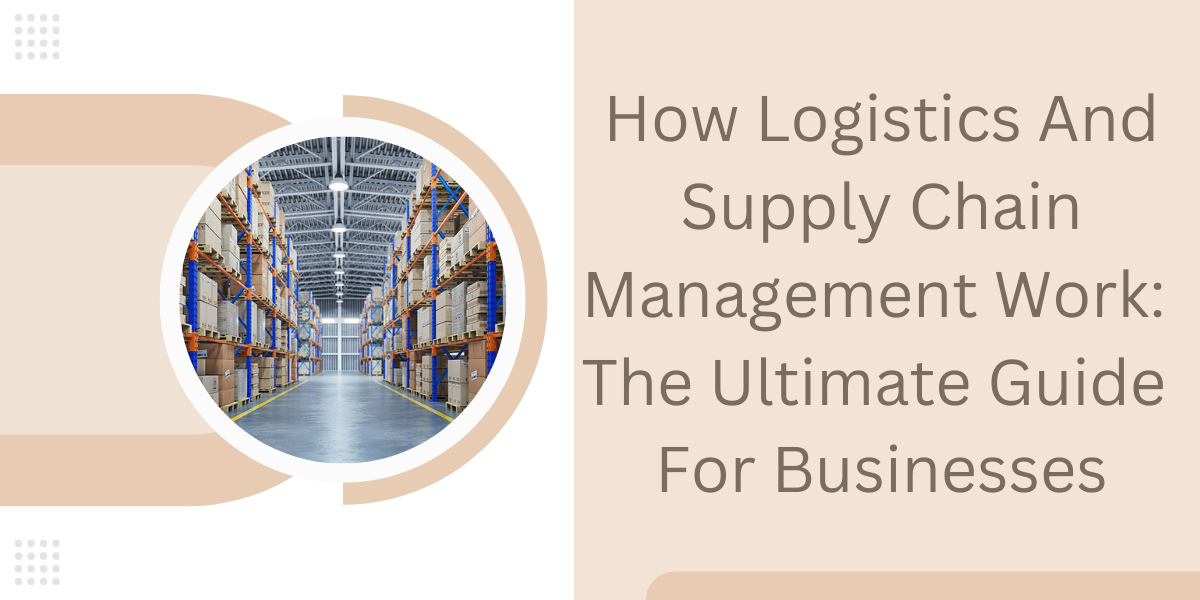Harnessing Python’s Development Capabilities With Front-End Frameworks

Python is a powerful programming language that has seen significant growth in recent years. It is a versatile language that can be used to create full stack applications, which means that it can be used to create the back-end as well as the front-end of an application. This allows for a high degree of scalability and flexibility when developing an app, making it a popular choice for many developers. In this section, we will discuss some of the benefits of using Python as a full stack technology and provide technical insights on risk mitigation with Python.
One benefit of using Python as a full stack technology is its versatility. Because it can be used for both the back-end and front-end of an application, developers have more options when it comes to design and development. This allows them to build apps quickly and easily without having to worry about code compatibility issues or restricted design choices.
Another benefit of using Python is its scalability. Due to its modularity and wide range of libraries, Python is able to handle large scale data processing tasks with ease. This makes it a popular choice for web applications, artificial intelligence projects, and other data-intensive applications.
In addition to its scalability benefits, Python also has strong development capabilities thanks to its rich ecosystem of tools and frameworks. These frameworks make development easier by providing common functionality across different apps or projects, making it easier for developers to work on multiple projects at once without having to learn multiple languages or frameworks separately.
One key trend that we are seeing more and more in the industry is the use of front end frameworks with Python development projects. frameworks make development faster and easier by taking care of common tasks such as user interface design or data handling while allowing developers more flexibility when developing their app’s core functionality. By understanding how these frameworks work together, you can develop your app Faster & Better!
Back-End Frameworks To Consider With Python
When it comes to choosing a Python web framework, there are a few that stand out from the rest. Each of these frameworks has its own strengths and weaknesses, but they all have the potential to be used as the back end for a web application. In this section, we will take a look at four of the most popular back-end frameworks – Flask, Django, Pyramid, and Bottle – and discuss their advantages and disadvantages. The Python Training in Hyderabad course by Kelly Technologies helps to build the skills needed to become an expert in this domain.
Flask is a minimally featured Python web framework that is likely to be used as the back end for web applications. While it doesn’t offer as many features or options as some of the other frameworks, Flask is still an option worth considering. One reason for this is that it is very easy to get started with Flask; you don’t need any prior experience with Python to start using it. Additionally, Flask is very lightweight – making it perfect for small scale applications or projects.
Django is a full featured and sophisticated Python web framework befitting complex websites and apps. While Django does offer some features that are not found in other frameworks, such as site administration panels or e-commerce support, its overall complexity makes it unsuitable for many small scale projects. Additionally, Django can be quite CPU intensive when running on large websites or applications.
Pyramid is an extensible, minimalistic Python web framework ideal for small-scale but still powerful applications. Pyramid offers much more than just simple website development; you can use it to create sophisticated CRUD (create-read-update-delete) applications too! However, Pyramid can be tricky to understand at first glance due to its low level of abstraction. Additionally, Pyramid requires some knowledge of SQL (or another database management system) in order not to feel overwhelmed by all the available options and possibilities. Bottle is written in only one source file and is easy to customize – perfect if you want total control over your website’s look and feel without spending hours editing files manually. CherryPy also offers great flexibility thanks to its modular design; you can use different parts of CherryPy independently of each other if desired. Web2py combines many features found in other popular frameworks into one platform – making it easier than ever before for developers who want everything under one roof.
Understanding When To Use SQL And NoSQL Databases
Databases are essential for storing data, and there are two main types of databases: SQL databases and NoSQL databases. SQL databases are popular because they offer fast query times, while NoSQL databases are more flexible and scalable. This article will explore the differences between these two types of databases and help you decide which is the best for the task at hand.
First, what is a SQL database? A SQL database is a type of database that uses Structured Query Language (SQL) to store and retrieval data. This language provides a standardized way to interact with the database, making it easy to use for programmers and system administrators. As a result, SQL databases are well-suited for storing data that needs to be accessed frequently by users.
On the other hand, what is a NoSQL database? A NoSQL database is a type of database that doesn’t use Structured Query Language (SQL). Instead, it uses object-based principles to store data. This makes it more flexible than traditional relational DBMSs (such as MySQL), as it allows for more scalability and robustness in terms of data storage options. Additionally, NoSQL databases offer faster query times due to their ability to scale horizontally instead of vertically.
Now that we understand the differences between SQL and NoSQL databses, let’s take a look at some pros and cons of each type:
Pros: – SQL databases offer fast query times due to their Structured Query Language capabilities – They’re well-suited for storing data that needs to be accessed frequently by users – They can be used in combination with other technologies such as web frameworks or application servers Cons: – They aren’t as flexible or scalable as some other types of databases – Not all problems can be solved using only SQL queries For most applications, an SQL database will be sufficient – but if you need greater flexibility or scalability then consider using a NoSQL database. It’s important to understand which type of database will work best for your specific problem before making any decisions.
This article in the digitalcertainly must have given you a clear idea about Python industry. By following these tips on how to choose the right database structure and utilizing the power of NoSQL databases you can maximize the effects that the solution you look to maximize your slow query speeds and flexibility in the database field.




